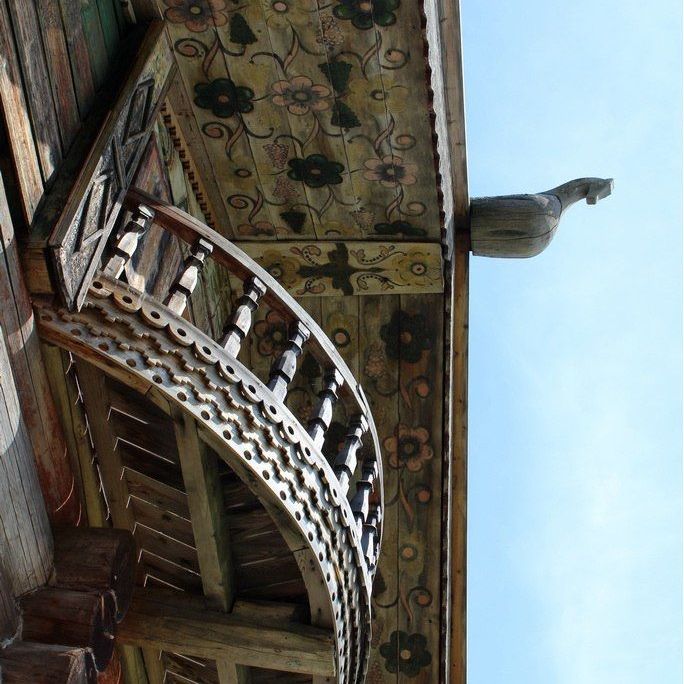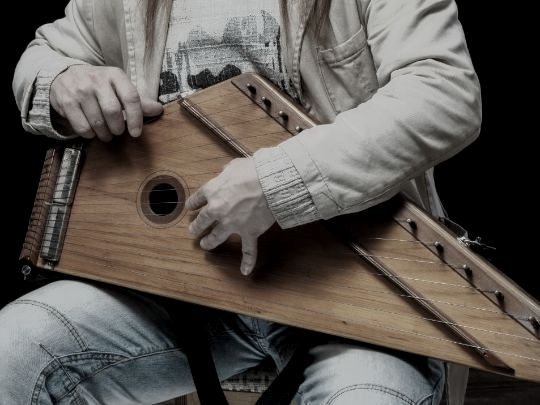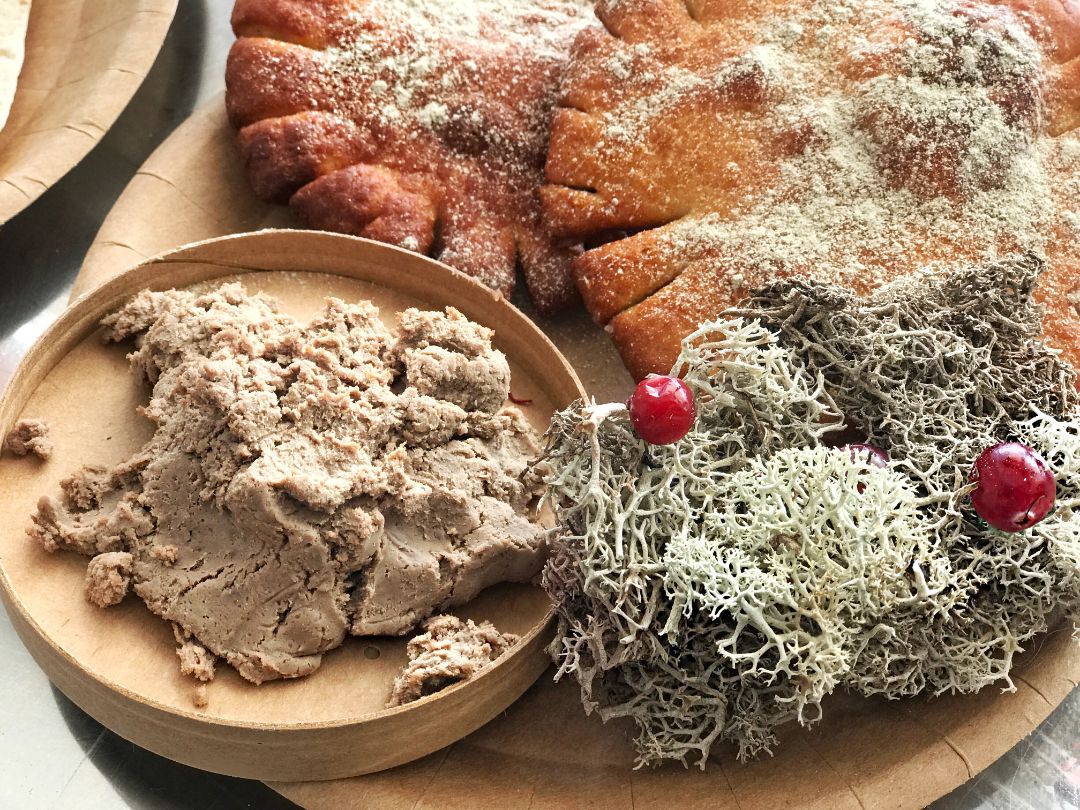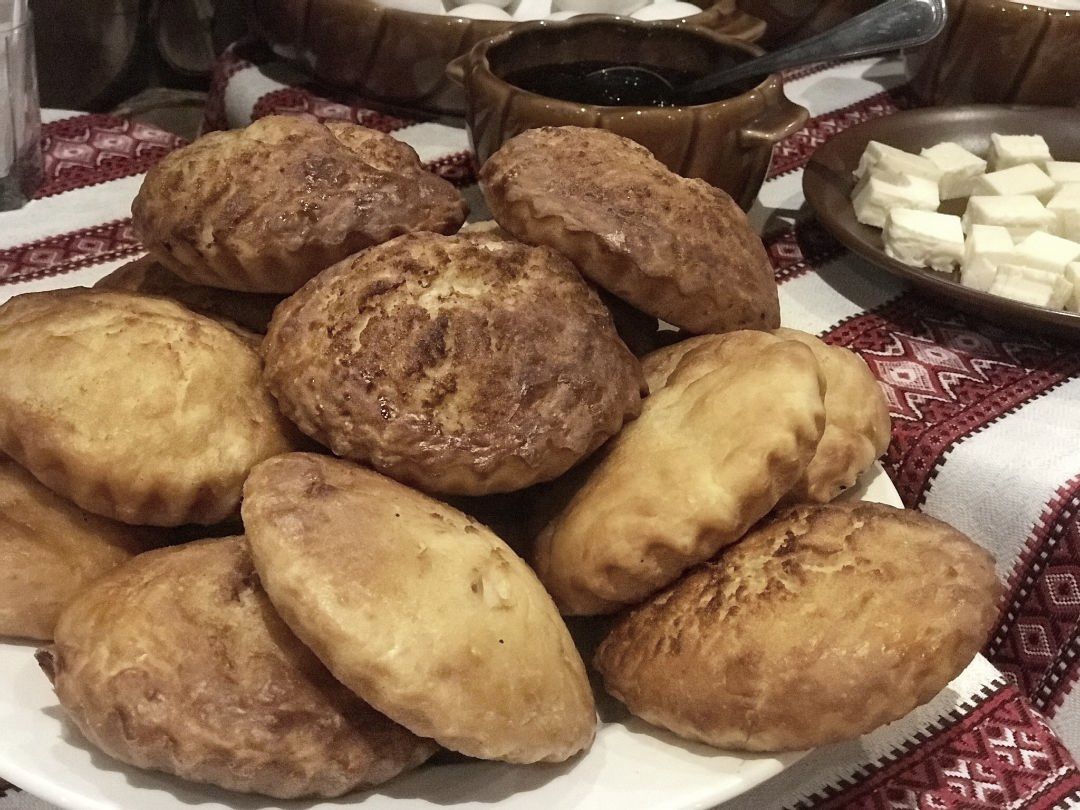Mary's house
House-Museum named after Maria Dmitrievna Krivopolenova and Art Residence. A point of attraction for artists.
village Chakola, Pinezhsky district



The art of wood painting has always been actively developing in the northern region.
Northern Russian peasant paintings are one of the youngest types of folk art. The core images and motifs of folk painting of the Russian North are found mainly in the paintings of residential buildings and household items.
Russian’s artistic creativity was most visual in the decoration of the Russian spinning wheel. In the north it was affectionately called «pryalica» or «pryalica-kokorica».



Art and folk crafts are widely developed in Arkhangelsk region. These include bone carving, gold and pearl sewing, birch bark crafts, copper crafts, Usolye finift (painting on white enamel), cooperage craft, Kargopol pottery and clay toys, blacksmithing, weaving, embroidery, patchwork, patterned knitting, kosuli painting.
Forged copper dishes and utensils were used in the peasant house. The copper industry was developed in Solvychegodsk District, on Kegostrov, in Mezen. There church bells were casted according to their own recipes, which created a rich musical palette of northern ringing.



At the end of the 19th and early 20th century the women's clothing set with a sarafan remained traditional in the Russian North. The sarafan set consisted of a shirt, one or more skirts and an apron.
A belt, a scarf (or a shawl), headwear and shoes were mandatory attributes of the outfit. The important part of the festive sarafan set was shoulder clothing: korotena (or dushegreya – a sleeveless jacket), epanechka (a mantle), shugai (a short jacket). In additions there were neck and chest decorations made in various shapes and designs and jewelry – earrings, rings, bracelets.



The Arkhangelsk North is a treasury of oral creativity of the Russian people, it is known as the birthplace of great poets.
Arkhangelsk region is the richest reserve of musical folklore which represents a historical fusion of the song culture of early Slavic state’s various regions.



Arkhangelsk region is a huge territory in the North of Russia, which includes such steady expression as the Russian North, the Land of the Pomors and the Arctic!
Pomor cuisine is considered to be the authentic regional cooking. Pomors are fishermen, tradesmen, sailors and Arctic explorers. They are strong-minded people with a free spirit.



Photo credits to: M. Radchenko, N. Vymorkov, F. Pil'nikov, O. Tret'yakova, M. Vilyukova, Ye. Kolpakova, risunok A. Menukhova, Ye. Legostayeva, Ye. Shelkovnikov, Ye. Terpilko, L. Verkhotseva, A. Samokhvalov, A. Lyutoyeva, L. Verkhovtseva, N. Neverov, S. Syroporshnev
Use of the materials is authorised provided to the sourse to pomorland.travel. Texts, photos and videos can be used in the commercial purposes only under consent with the authors.
For the page was used information from the Internet project of the Arkhangelsk Regional Scientific Library named after N.A. Dobrolyubov "Cultural heritage of the Arkhangelsk North"
MORE TRIPS AROUND THE ARKHANGELSK REGION
ТOURIST INFORMATION CENTER OF THE ARKHANGELSK REGION
We provide free information about how to travel around the Arkhangelsk region